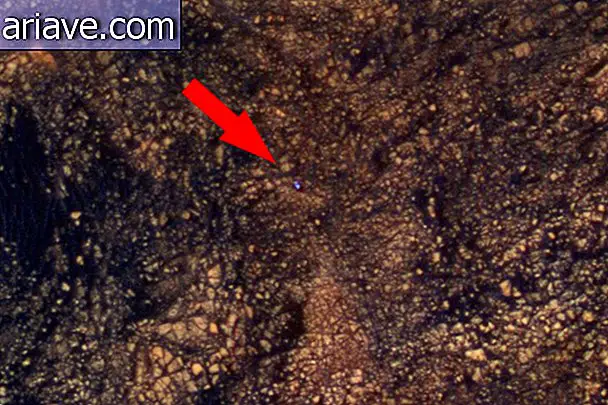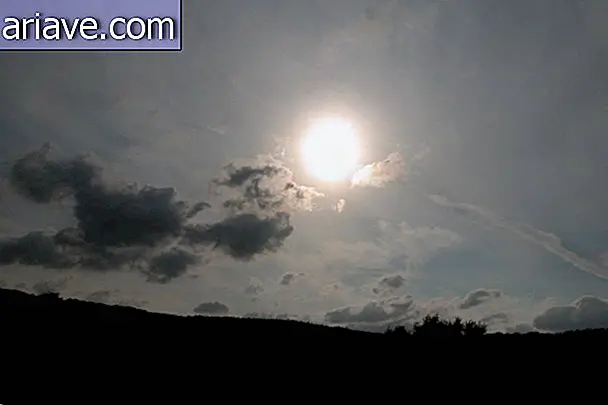Do you know the history of these peculiar tombs separated by a wall?
Have you ever seen the graves above? We have included an image below that shows these two peculiar graves in more detail, but basically they belong to a couple who are buried in a cemetery called Begraafplaats Nabij of Kapel in 't Zand - which can be translated as “nearby cemetery to the chapel in 't Zand ”- situated in the town of Roermond in the south of the Netherlands. See below:

According to Dan Lewis of the Now I Know portal, the graves belong to a man named JWC van Gorkum, a Dutch cavalry colonel, and a woman identified as JCPH van Aefferden. The two married in 1842, and if you guessed that the union was not well accepted by the community, know that you got it right.
Controversial relationship
At the time the two were married, the pillarisation, that is, the segregation that divided Dutch society into three basic “pillars”, the Protestant, the Catholic and the social democratic, was considered a very serious matter, and people who belonged to one segment often avoided keeping in touch with anyone who was part of another segment.
For, Gorkum was Protestant and, Aefferden, Catholic and therefore, in the eyes of the society of the time, their marriage was considered supercontroversial. Despite all the criticism they suffered, Gorkum and Aefferden remained married for nearly four decades and only separated when the military man died in 1880.

He was buried in the cemetery with that complicated name (try to speak Kapel in 't Zand's Begraafplaats Nabij quickly!), Obviously in the area reserved for Protestants, and when Aefferden died eight years later, his body could not be buried next to him. husband - and had to stay on the catholic side of the holy camp.
However, before she died, Aefferden made it clear that she would not like to be buried in her family's mausoleum and said she wanted to be buried as close as possible to Gorkum. For what you saw above was the solution found at the time to fulfill the woman's last wish. Thus, although they are separated by a wall and religions, their hands at the top go over this senseless nonsense and connect the two graves.

According to Dan, with the end of World War II in 1945, several small political factions began to emerge across Europe - among them Nederlandse Volksbeweging, a socialist group opposed to the pillar in the Netherlands.
For segregation has been losing strength over the years, and by the mid-1960s it was eventually dissolved. And the couple's peculiar tombs survived the reformation and today serve as a reminder of a time that, deep down, does not seem so far away when people were divided by political inclinations, walls and religions.











